If you are new to SEO, or you have just been introduced to SEO as a concept, then you may have heard about the importance of ‘backlinks’ and ‘external linking’, when talking about websites.
So, what’s the difference between the two, and how does each type of link contribute to good SEO exactly? Our specialist SEO team are here to help
Backlinks are links from other websites which point towards your website, whereas external links are precisely the opposite. External links are links from your website to other websites. The usage can sometimes be crossed, but ‘backlinks’ are usually seen as valuable, whereas external links are often used to make references. Both share link juice, a trade of authority between websites, however, the difference here is perspective.
Clearly, there is quite a bit to unpack here. So, without further ado, let’s review both backlinks and external links and see how they work, and how this trading of link juice is traded differently between the two.
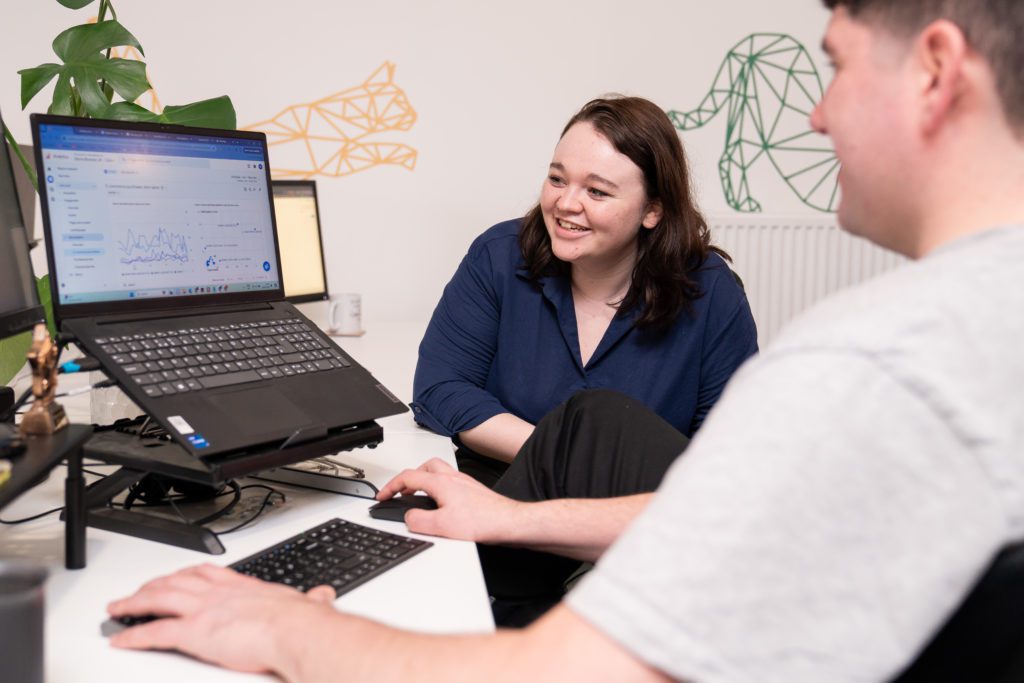
Linking between websites is a simple process where one URL is contained within a button, text or image of a website, and clicking on that element takes the user to that URL. Simple enough.
This can either link to a URL within your domain, or outside of your domain.
If the link is within your domain (ie., the URL contains your root domain address), then this is an internal link. Any link which goes outside your domain is an external link. Finally, a link which points towards your domain is a backlink.
To find the value in each of these 3, we need to look into linking between webpages and websites and see how doing so offers value to users and search engines. Let’s start with internal linking, as explaining this set can give us some insight into both external and ‘backlink’ links.
Here is a link to our About Us page. Clicking this link takes you to that page within our domain. As a website owner, we typically link to a page link if we want you to view something within our website. This is great for directing traffic to certain areas on a site to provide more information to a user, or to get that user to purchase something that they are reading about.
This type of linking, known as internal linking, is extremely common online, and the purposes of good internal linking are quite clear – we want users to view something, or corroborate information quickly, should the user need more information.
However, another aspect of internal linking is website navigation, this is to help website crawlers (sometimes known as ‘bots’) find, map and index content and URLs within a website’s structure.
Learn more about this in our dedicated blog, Is Site Structure Important for SEO?
Linking internally presents an opportunity for a website crawler to find new URLs within your site, and add these URLs to your website’s index. If this crawler is presented with an external link, it can either follow the link, or recognise the link, add it to its index, and continue crawling the site/page as it was before.
Learn more about indexing and crawling in our detailed blog, What is Indexing and Crawling in SEO?
Internal linking, therefore, is great because it allows crawlers to find, recognise and index all the important pages within your site, and eventually index these sites, improving your SEO outreach.
One act of good SEO is improving the internal navigation on your webpage, to allow users and bots to find their way around your site more fluidly. Imagine users and bots coming to your site as traffic in a large urban environment. As a town planner, it’s your goal to offer a main artery with lots of little side streets which allow traffic to flow as smoothly as possible. This is how you view navigation on a website from a crawler’s perspective. Offer clear and frictionless conduits between pages in every direction.
Conversely, any page which doesn’t have a link to another page on your site can act as a blockage within the system
Good internal linking looks like a lot of streets leading from one page to another, all of which are easy to navigate and offer the possibility of movement up, down, left right etc. That’s essentially good internal linking on a site. However, it does go a little deeper than this.
Not all links are created equally. Some links are given priority over others. However, good linking differs from the perspective of humans or bots.
Humans like buttons. Beit ‘pay now’ or ‘x’ on a pop-up, humans are more likely to click buttons that fit within their expectations of what a button should look like.
When creating a webpage, you can add buttons (as opposed to hyperlinks) to potentially increase the likelihood of it being clicked by a human. A ‘pay now’ button wouldn’t be as effective within text. This is why we use buttons for major events that we want users to notice and follow.
When a bot comes to your page, it prefers to click HTML links at the top of the page, and it offers less of a priority to links that are further down the page.
What’s more, bots prioritise links that are given in HTML over other web languages and often defer links written in .js to later in their crawl. Crawlers also prefer to click hyperlinks within texts rather than buttons, according to Google.
‘Good linking’ from a crawling perspective looks a little different from a human perspective. As an SEO, you have to bear these compromises in mind when you are creating a page, offering both links that crawlers and humans prefer in equal measure.
There are links which are great for both bots and humans, and these are header links, breadcrumb trails, and menu navigation links. These types of links offer key navigation signals for both users and bots. Humans naturally gravitate towards the top of the page and bots like to find important links there, too.
Linking within text (we’re talking hyperlinks again) offers a great opportunity to offer ‘read more’ information. We’ve done it numerous times just in this blog. It allows users to gain a further understanding of what they are reading. This keeps users on your website for longer and offers links in a way that search engines can easily understand, as your link is attributed to the words under the hyperlink. This is known as anchor text, and using it effectively can help give users and crawlers a clear indication of what is on the other side of the link.
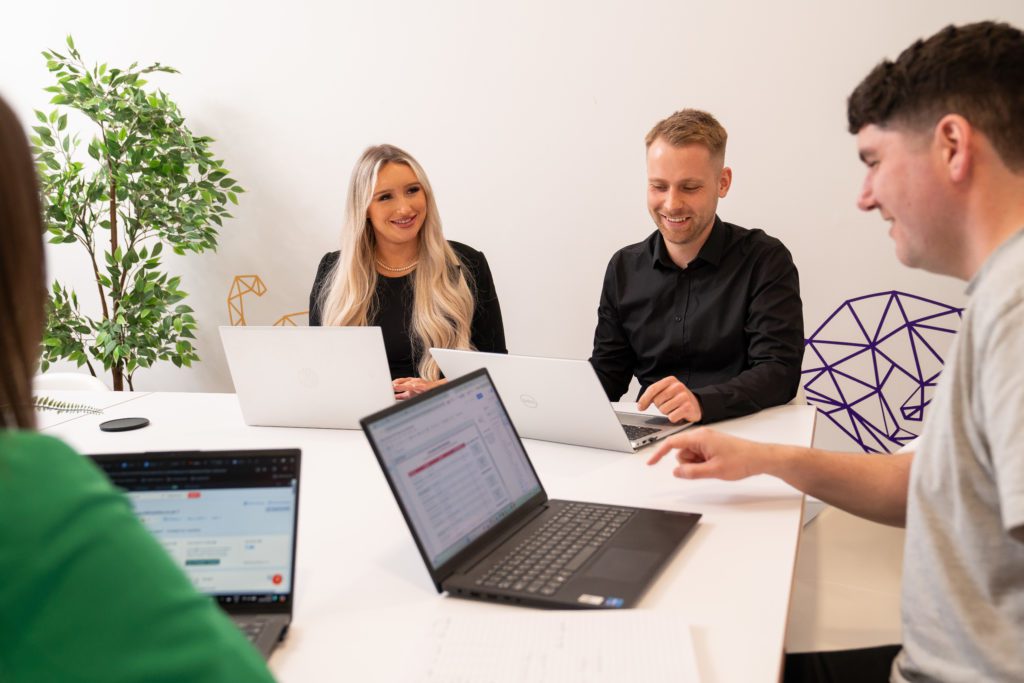
Yes, too many links can become bad for SEO and UX quickly. So there are a few ways in which you can manage the number of links on a page to save link equity.
Learn more in our recent blog, Why Is User Experience (UX) Design Important in SEO?
Thinking about our city analogy again, good linking can offer more traffic to important parts of your city (or, more web traffic to your core service or product pages), but if you put too many links into the system, no one knows how to get to these important locations in your city.
Sometimes you might want to create a ‘Human-readable sitemap’ for your website. This can offer a location for humans to find their way around your site effectively without having to use a menu. This is essentially a raw list of URLs which can be found amongst other important links in your footer. However, because there are so many links on the page, it can offer little link equity to crawlers.
One way in which you can create more link equity (certainly to crawlers), is by applying a ‘nofollow’ directive on links which you don’t want to be followed by crawlers. This is an aspect of ‘crawl management’.
Crawl Management refers to the practice of optimising how search engine bots, like ‘Googlebot’, navigate and index a website. It involves controlling the access bots have to certain parts of your site to ensure they focus on important, high-value pages. In our analogy, crawl management is putting bollards on certain pages which only let humans through. Bots can be made aware of what is on the other side of the valve, but they will save their resources for other pages within the pipeline.
This process of crawl management is important because search engines have limited resources for crawling each site, known as a ‘crawl budget’. Managing this budget effectively ensures that the most relevant content is discovered and indexed.
You can manage crawls by optimising internal linking structures, using robots.txt files to block low-priority pages (like admin pages or duplicate content), and employing meta tags such as ‘noindex’ to prevent crawlers from indexing certain pages. Properly managed sitemaps and a logical site hierarchy also guide bots to your most valuable content.
For large websites, crawl management is essential to ensure bots aren’t wasting time on irrelevant or low-impact pages, allowing them to focus on the pages that drive traffic and conversions.
For smaller sites, it will help get new and important content further up the crawl queue.
By controlling and directing the crawl, you improve a site’s efficiency in being indexed, which can have a direct impact on search rankings.
In short, good crawl management maximises a site’s SEO potential by helping search engines crawl and understand the most important content.
Learn more about crawl management here.
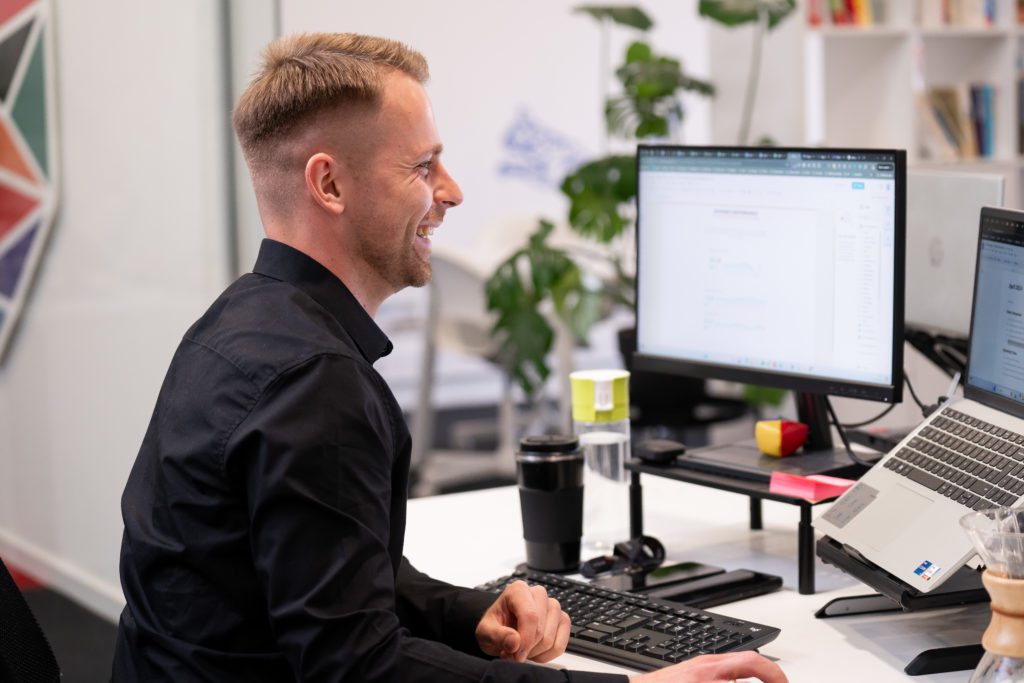
Backlinks are links which point from one domain to another. However, learning what we just have about internal linking, this may seem like it would be bad for SEO. Why would you want to move crawlers and users away from your valuable pages?
Adding backlinks to a site is actually good SEO. It also provides a share of authority between the two domains. When used well, they can be much like university referencing. I am making a claim, and here is my claim backed up by an exterior source. If you refer to an authority, then it backs up what you are saying. If an authority refers to you, then you are also likely an authority yourself.
Authority is an actual number. It can be measured by SEOs using tools such as SEMRush, allowing authority to be sought, targeted and even paid for in many instances.
Find out more about domain authority in our dedicated blog, What is Domain Authority and How Do You Increase it?
The whole topic of backlinks in SEO is slightly shrouded in darkness and mystery. In an ideal world, authority between sites would be passed down because the product, service or snippet of information is the most relevant at that moment. However, because backlinks are so important to building online authority, they are often bought and sold as a marketing commodity.
If I am writing about iPhones, then the best resource of information would be to link to the Apple site. Like with university referencing, linking directly to the source is usually your best bet at providing information. However, in SEO, sometimes outside sources can ask for a backlink to their domain to help bolster whatever it is that they are offering on their website. Let’s say iPhones.
Using our analogy, if I own a blog which gets 250,000 monthly views about the new iPhone, then it might be a good opportunity to link to my associate who sells iPhones within my content.
This offers my associate a clear opportunity to provide him with new customers, but it also shows that his store is trusted by an authority on iPhones (us in this case) and someone looking to become an authority (my associate).
This trade in a link can be paid for, sometimes, for thousands of pounds, and offers value as both a revenue stream, but also as a leg up in that all-important authority score.
Not bad for a few clicks.

It has been estimated that around 40 or 50 high-quality backlinks help small authority sites become high-quality sites. That said, any high-authority backlinks help with your SEO.
As backlinks help your authority, a number which can be monitored through tools such as SEMRush and AHrefs, the answer to how many backlinks might be ‘more than your competition’. More specifically, you may need more good backlinks from higher authorities than your competitors to rank in first position.
Another 1 out of 100 number that is given to SEOs is ‘Keyword Difficulty’. Keyword difficulty is a number given to how difficult it might be for your keyword to target. If you have low authority, then attaining highly sought-after keywords is more difficult than if you were to have a higher authority.
Read everything you need to know about backlinks with our blog: SEO Link Building Tips: How Many Links Should I Include for SEO?
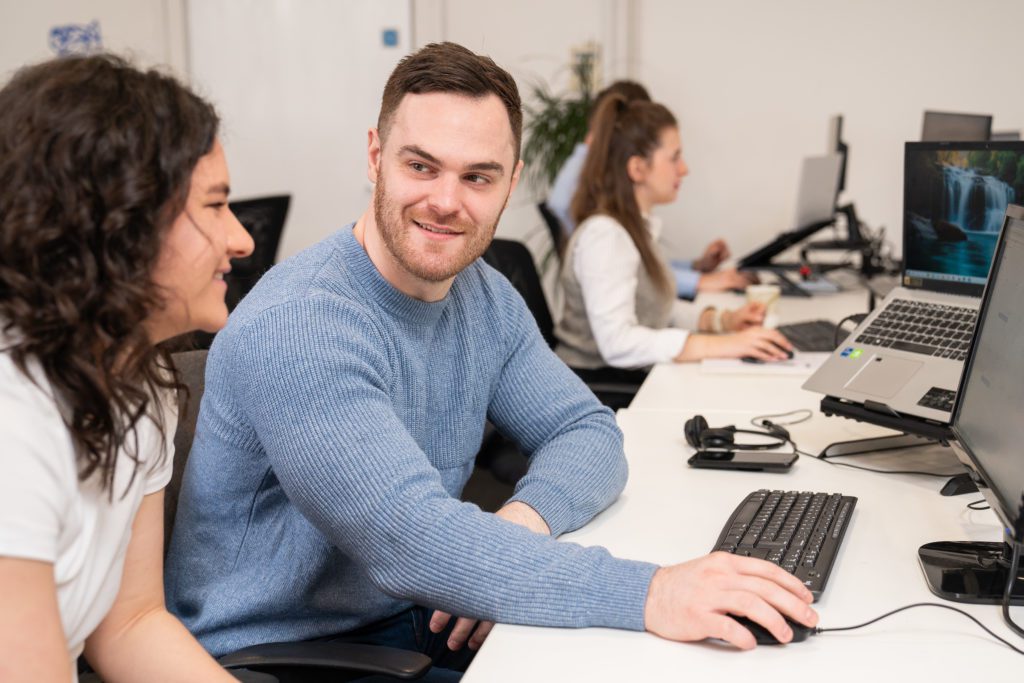
As an SEO Agency in Sheffield, we help local businesses gain national attention using backlinks. As a collective of SEOs, we specialise in PR and internal link building, helping users and search engines find your website, and offer your products and services nationally, and globally.
As we have shown, the value of backlinks can’t be understated in SEO. This is why we offer services to help you gain vital backlinks, either through PR outreach or by creating top content (such as the blog you’ve just read) to help you become an authority on your chosen topic.
If you want help building your backlink profile, or you need help integrating horizontal or vertical linking within your existing website, then we can help.
Contact us or drop in to our Sheffield office for a chat on how we can help your business punch above its weight online.
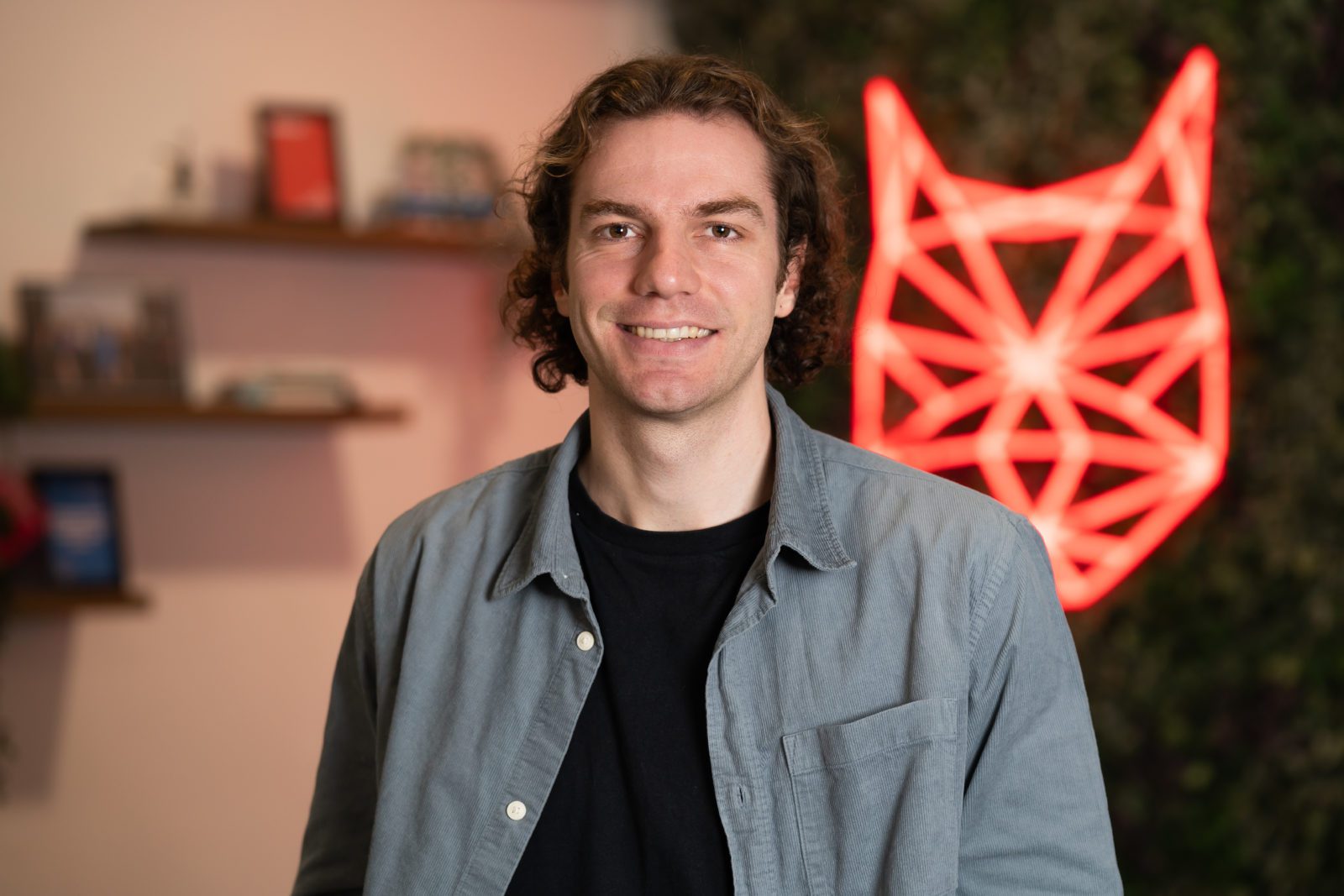
Founder
Our founder, Will Hitchmough, worked at a number of high profile Sheffield Digital Agencies before founding Wildcat Digital in 2018. He brings an extensive knowledge of all things related to SEO, PPC and Paid Social, as well as an expert knowledge of digital strategy.
Digital Marketing can be a minefield for many businesses, with many agencies ready to take your money without knowing how to deliver results. I founded Wildcat Digital to deliver digital success to businesses with smaller budgets in a transparent way.

Head of Growth
Rich joined us in May 2024 to head up our growth team. With years of experience helping other agencies to grow, Rich joins us at an exciting time as Wildcat is working on a five-year plan to become one of the biggest agencies in the UK.
Outside of work, Rich is a father to three children, which keeps him very busy! He’s also recently started running again to keep fit and loves a bit of DIY.
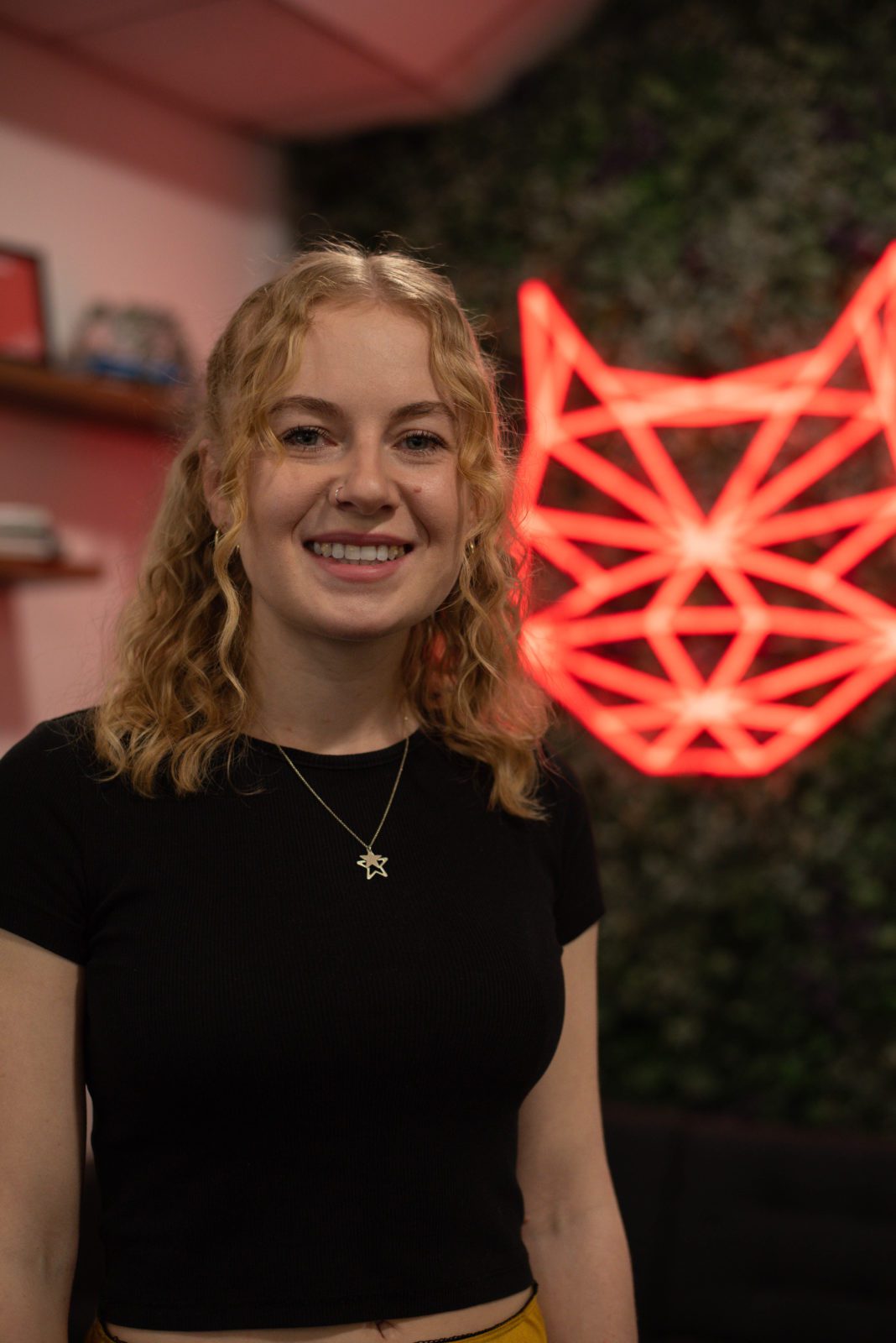
Head of Digital
Sarah joined Wildcat in January 2025, bringing over seven years of SEO expertise to the team. With a background in Fashion Communication and Promotion, she has worked both in-house and at agencies, covering a range of digital marketing specialisms before focusing on SEO.
Passionate about all things search, Sarah thrives on helping brands grow their online presence.
Outside of work, she enjoys walking her dog, running, and shopping for vintage clothing.
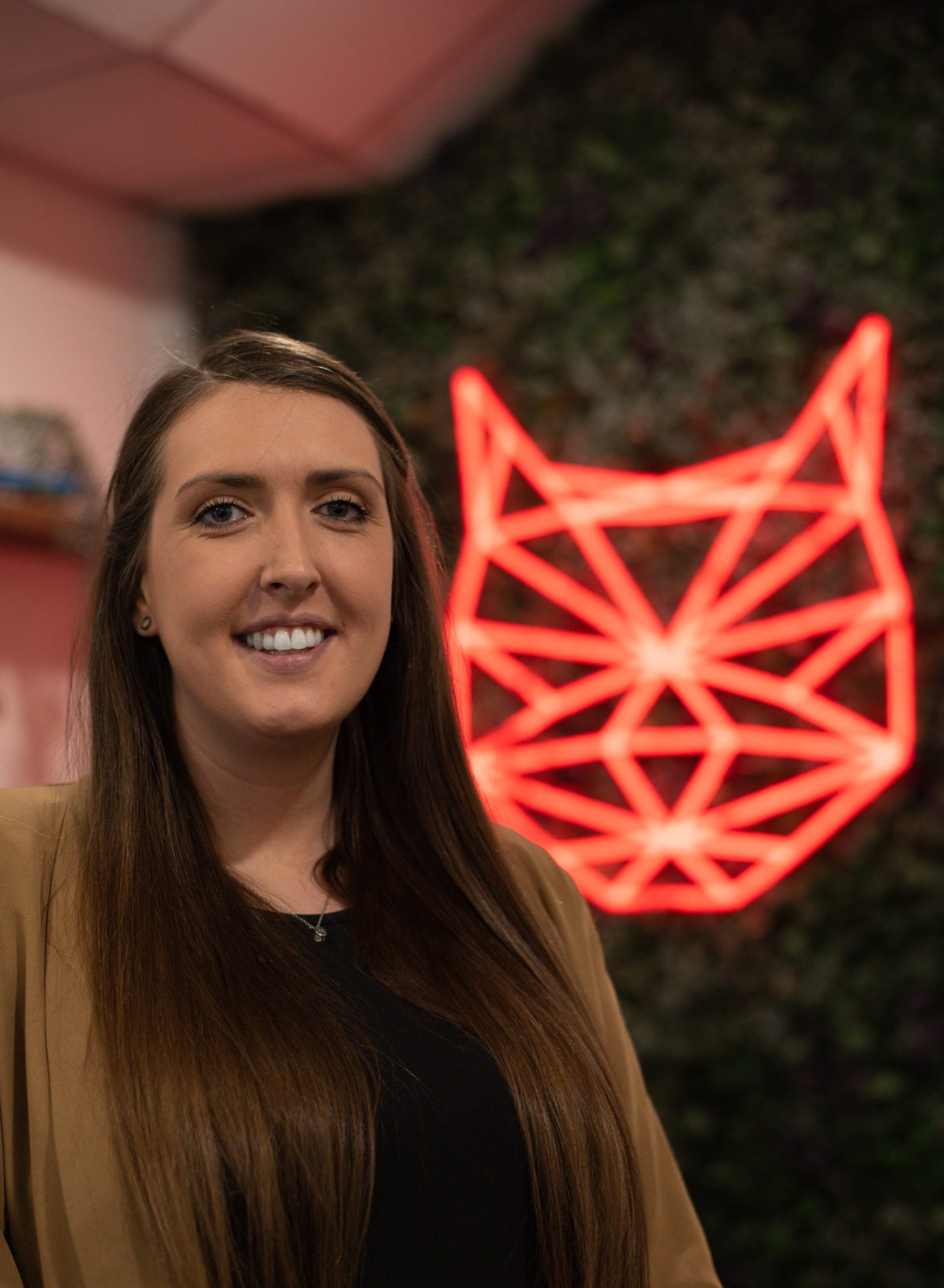
Office Manager
Amelia joined Wildcat Digital in January 2025, bringing extensive experience in HR, Health & Safety, Facilities Management and IT Support. Previously an Operations Manager at The University of Sheffield, she has a strong background in creating efficient and well-organized work environments.
Specialising in HR, Health & Safety, and Facilities Management, Amelia ensures the Wildcat Digital team has the resources and support needed to thrive. Whether managing office operations, maintaining compliance, or fostering a positive workplace culture, she keeps everything running smoothly.
Outside of work, Amelia loves trying new things, traveling, camping, and walking. She also enjoys socialising and exploring new places with friends and family. Her adventurous spirit and proactive approach make her a valued member of the team.
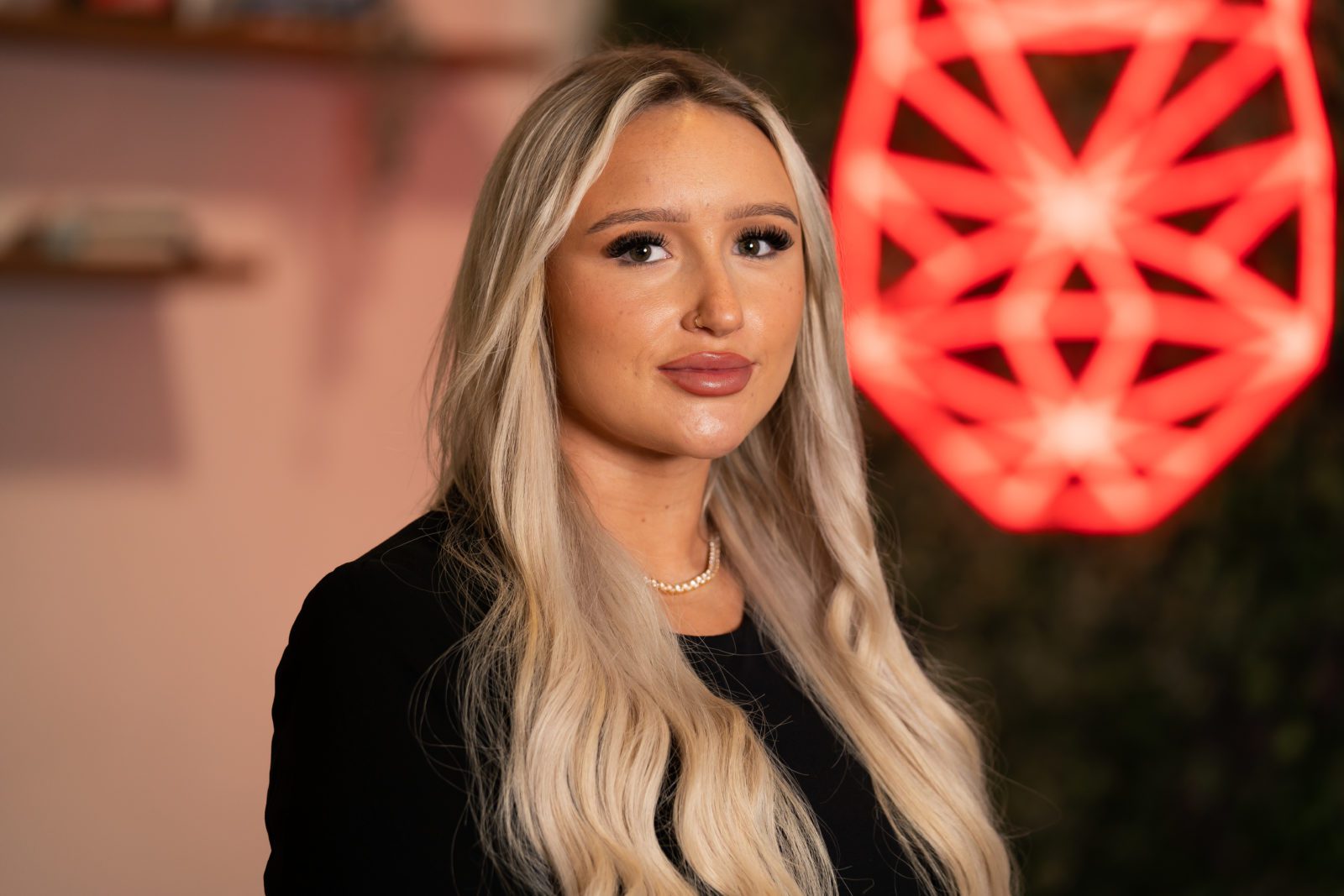
Client Success Coordinator
Siena joined us in 2023 with a background in sales and digital marketing. She leads on client relationships across the company, ensuring that our customers are happy throughout their journey with us, from their initial consultation through to onboarding and beyond.
Outside of work, Siena enjoys travelling and getting stuck into the local culture. She likes to make the most of her experiences and particularly enjoys watching sunrises and sunsets from beautiful locations around the world.

SEO Account Director
Paul has a strong background in SEO, having previously founded and ran a successful eCommerce business, as well as running a personal blog that achieves an average of 17K users per month. Paul’s knowledge of SEO is extensive, with a strong emphasis on client handling and technical SEO.
Outside of work, Paul enjoys spending time with his family and staying active with weight lifting and combat sports.
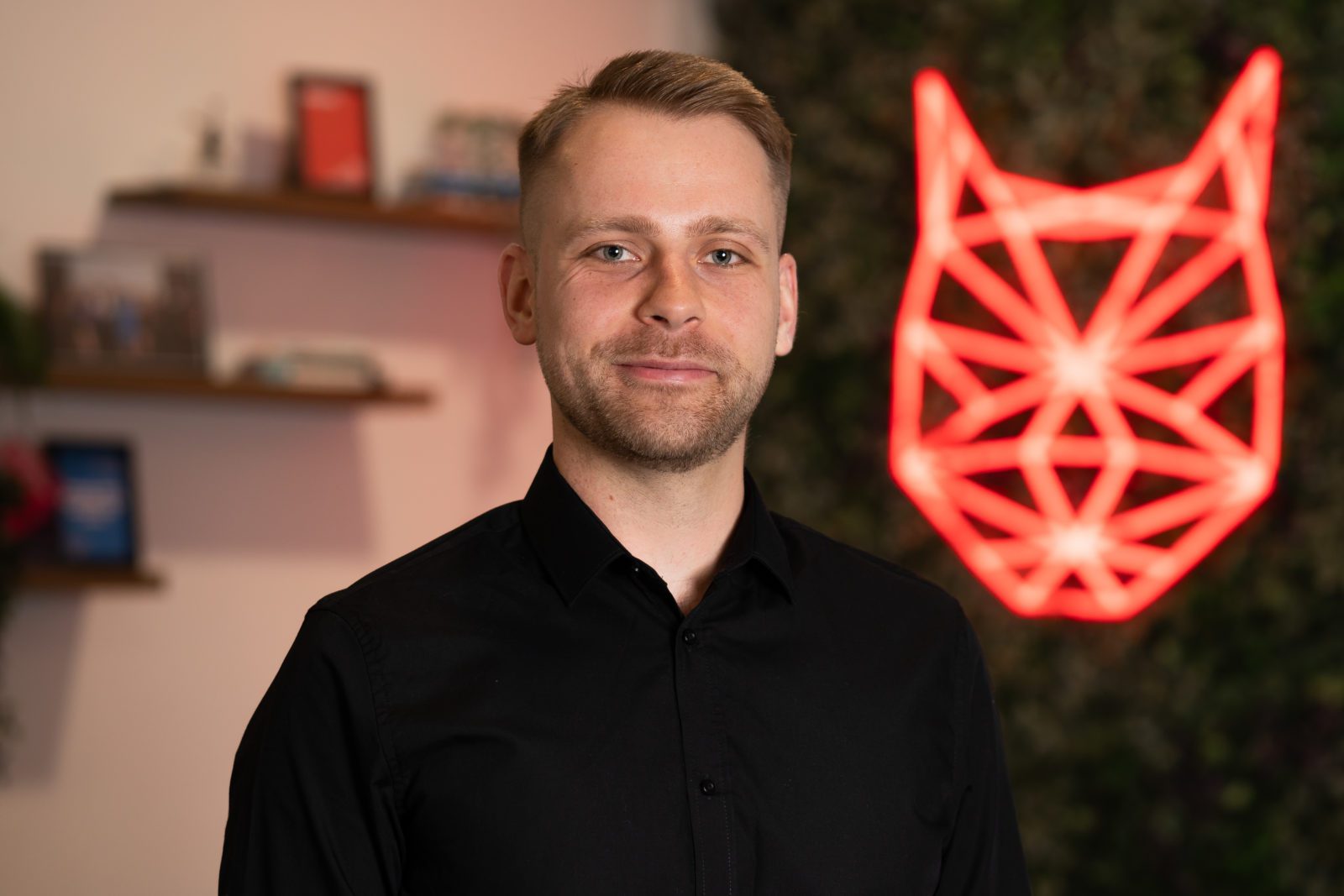
Team Lead & Technical SEO Account Manager
With a degree in Computer Science and SEO experience dating back to 2017, Dariusz has a wide range of SEO skills and knowledge. His specialist knowledge of Technical SEO has firmly landed him the title of Wildcat’s Technical Wizard, and he has recently taken on the responsibility of Team Leader for the Panthers Team.
In his spare time, Dariusz loves hiking, experimenting and trying new coffees and loves learning new things. He is currently learning more about CRO and AI and how this could benefit our clients.
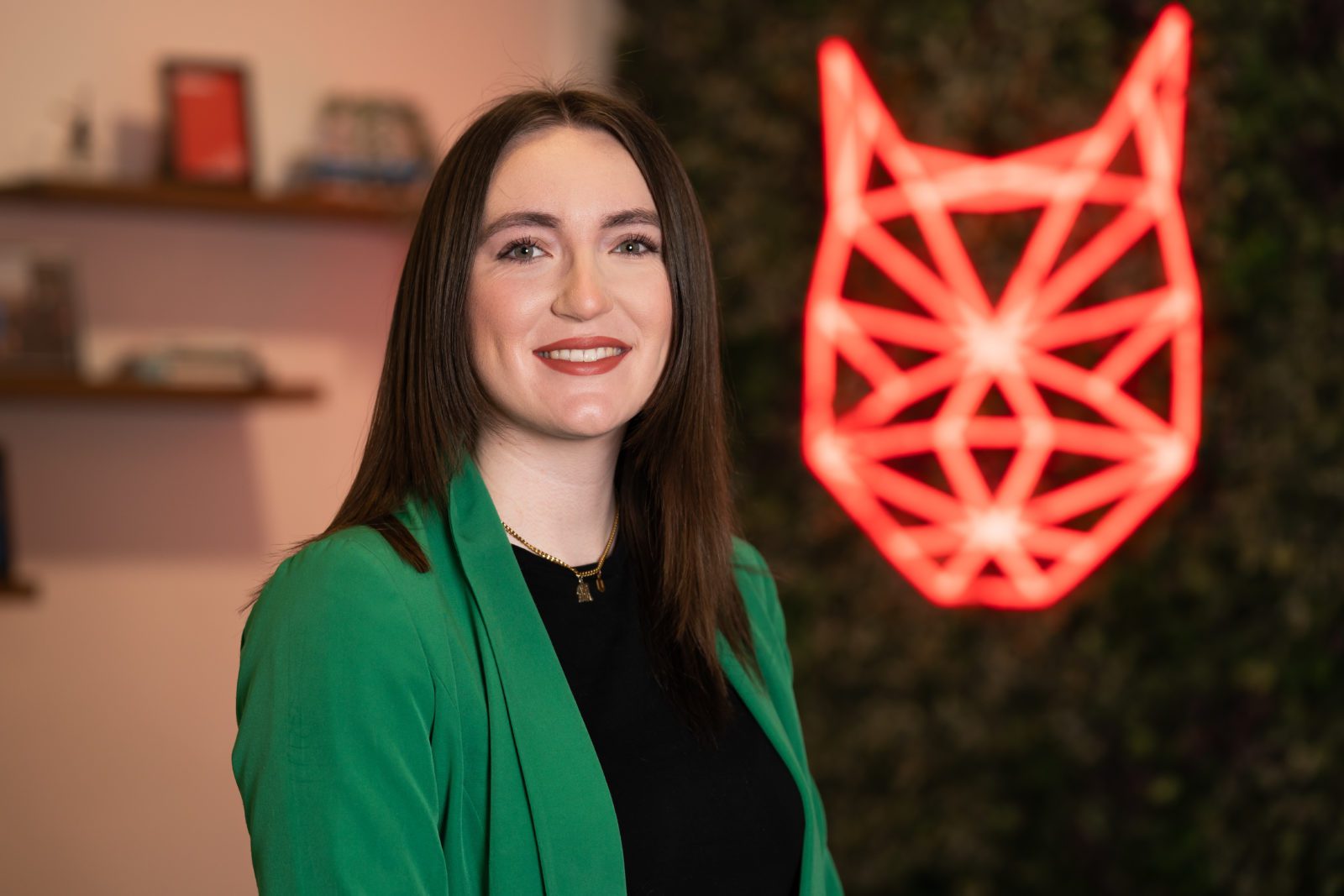
Team Lead & Senior SEO Account Manager
With a background in sales, Molly is a natural Account Manager, brilliantly handling any issues that come her way. Having joined us as a Digital Marketing Executive, and working part-time through her final year of University, Molly is a shining example of how hard work pays off. She is now an SEO Account Manager with a particular interest in Content and Client Management.
In her spare time, Molly loves to get out in nature, hiking and exploring the Peak District. She also loves cooking and likes to unwind with a bit of yoga.
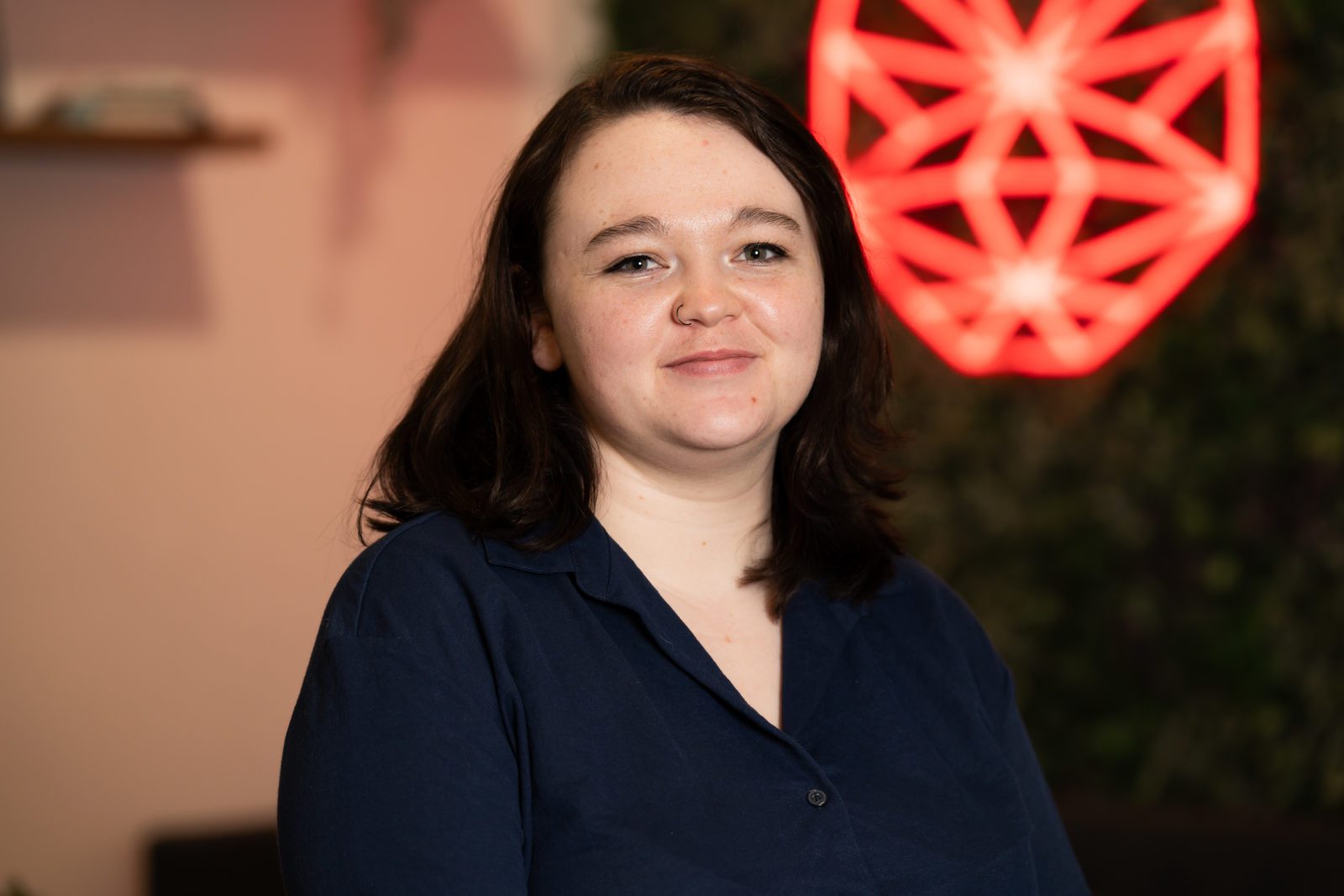
PPC Team Leader
Libby joined Wildcat in 2021 as our first PPC hire. With a degree in Digital Media Production, a Master’s in Digital Media Management and previous experience in Social Media Management, Libby hit the ground running and has since climbed the ranks to Senior PPC Account Manager and has a particular interest in the eCommerce sector.
Outside of work, Libby likes gaming, and cooking and likes to keep active by lifting weights.
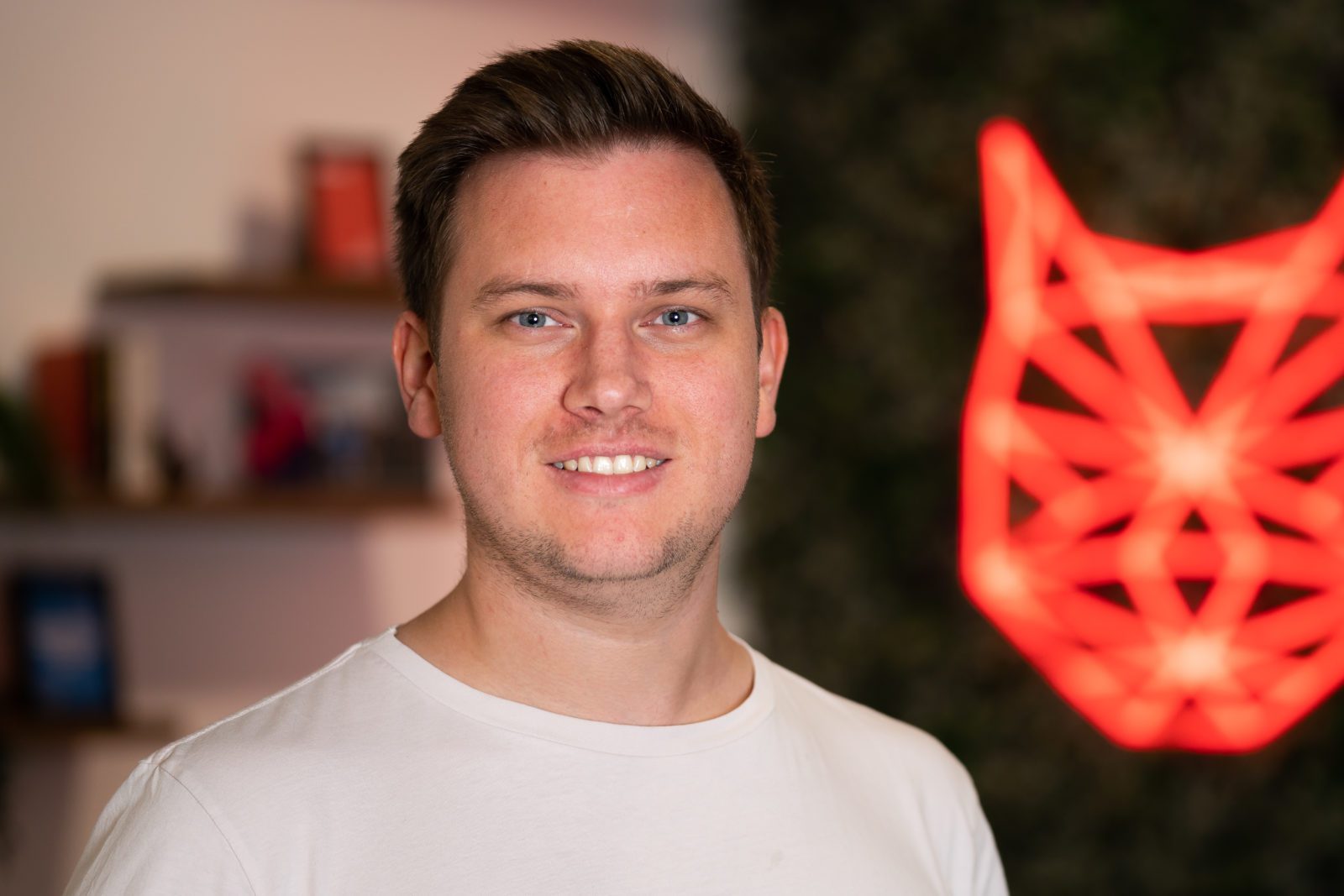
Senior SEO Account Manager
With a degree in Film and TV production, and a varied career history, Jamie made the move to marketing with a Masters degree in Digital Media Management. He has since worked in SEO at Agencies across Sheffield, before joining Wildcat and working his way up to SEO Account Manager. Jamie has a particular interest in backlinks and Digital PR and has recently gained a client a valuable backlink from Forbes!
In his spare time, Jamie is an avid foodie and loves trying new restaurants and cuisines. He also loves to travel and spent a year travelling to Australia after university.
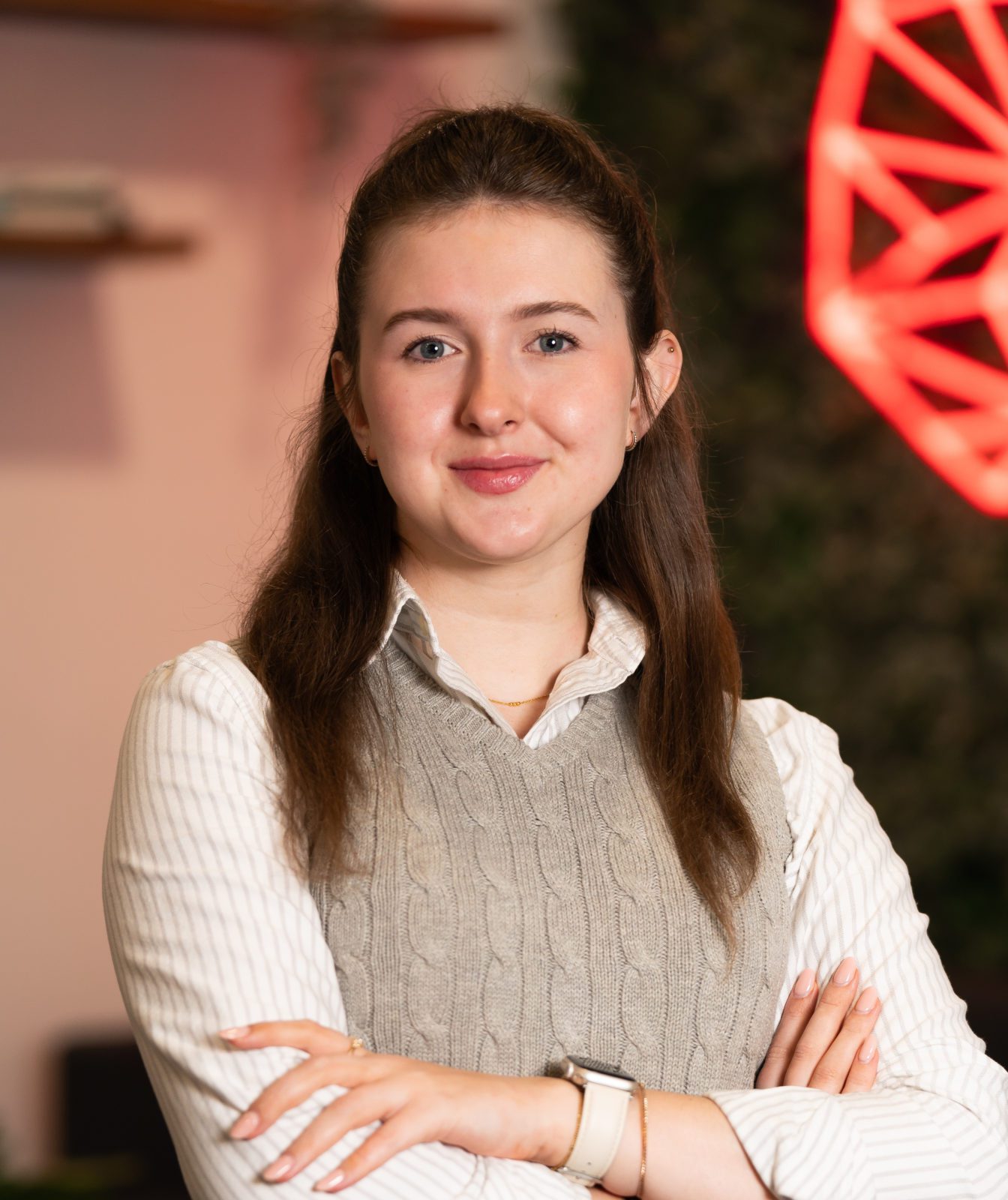
SEO Account Manager
Jasmine joined Wildcat in 2022 with a strong background in SEO and Account Management. At the time, she was finishing up a Level 4 Apprenticeship in Digital Marketing from the Chartered Institute of Marketing, and has since worked her way up to SEO Account Manager. Jasmine excels at content writing and promotion, and particularly enjoys finding creative ways to join the dots on multi-channel campaigns.
In her spare time, Jasmine volunteers at a charity, helping combat loneliness & social isolation experienced by older neighbours. Outside of Wildcat, she owns a catering company, Savery Grazing, creating delicious grazing tables & platters for a range of events. She also loves skiing and exploring the Peak District.
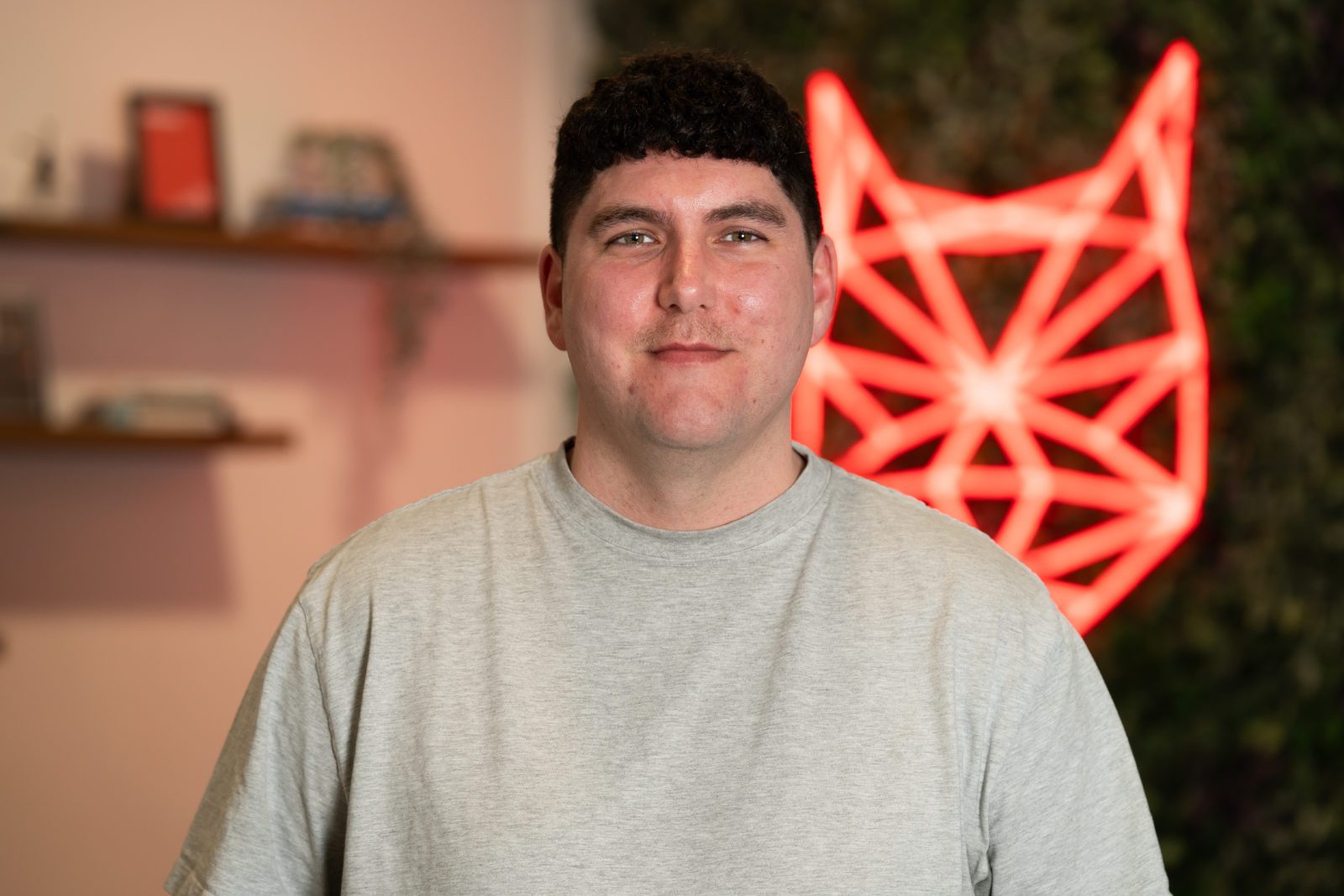
Senior SEO Executive
After spending ten years managing businesses, restaurants, cafes and event spaces across Sheffield, Jon decided to change careers and joined Wildcat as an SEO Executive in 2022. He especially enjoys the client management side of the job, helping them to understand digital marketing and ways in which they can build their business’s presence online.
Outside of work, Jon likes to keep fit with running, badminton and football, and also loves music.
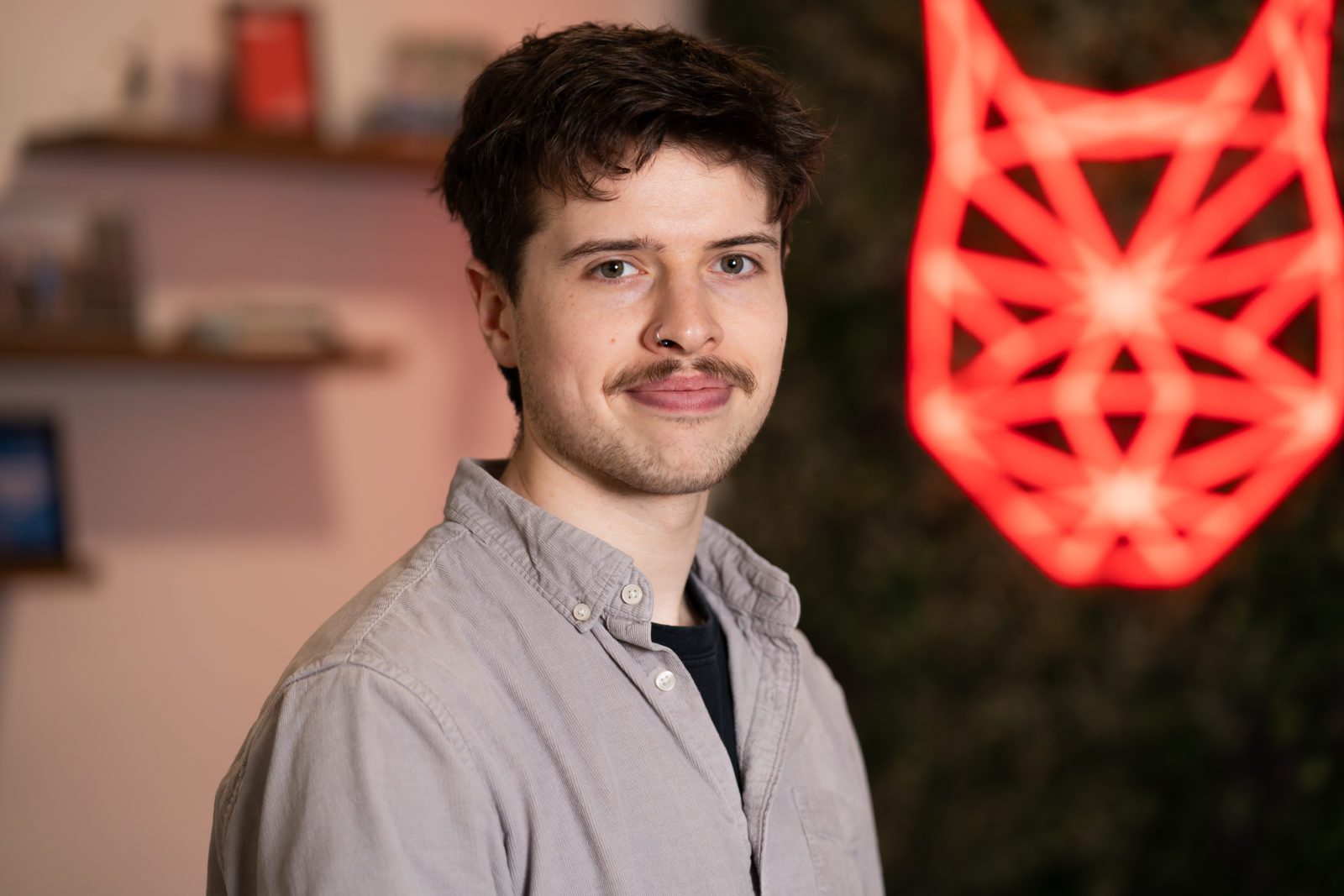
Senior SEO Executive
Andy joined Wildcat in 2023 after starting his digital marketing career in-house for a local Sheffield company. Since joining, he has developed a strong interest in Technical SEO and has strong skills in Account Management.
Outside of work, Andy loves music and plays in a couple of bands. He also enjoys rock climbing, cycling, photography and good food.
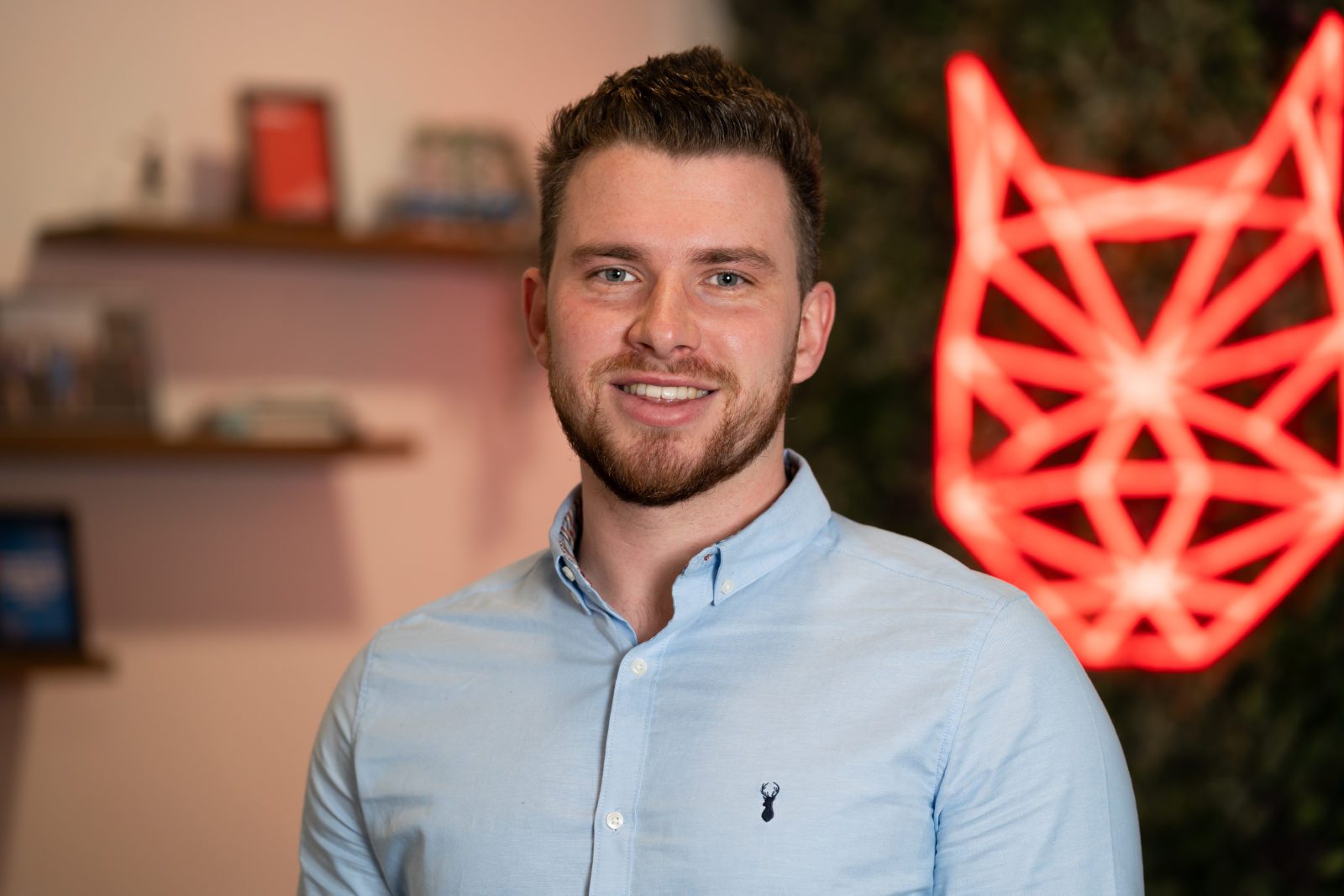
PPC Executive
Before joining Wildcat, Tom worked across different industries, building skills in sales and customer service. He later developed a passion for digital marketing whilst working on personal marketing projects and freelance ventures, and gained numerous certifications in PPC and Social Media.
Outside of work, Tom enjoys staying active by going to the gym and hiking. He also loves travelling and motorbiking.
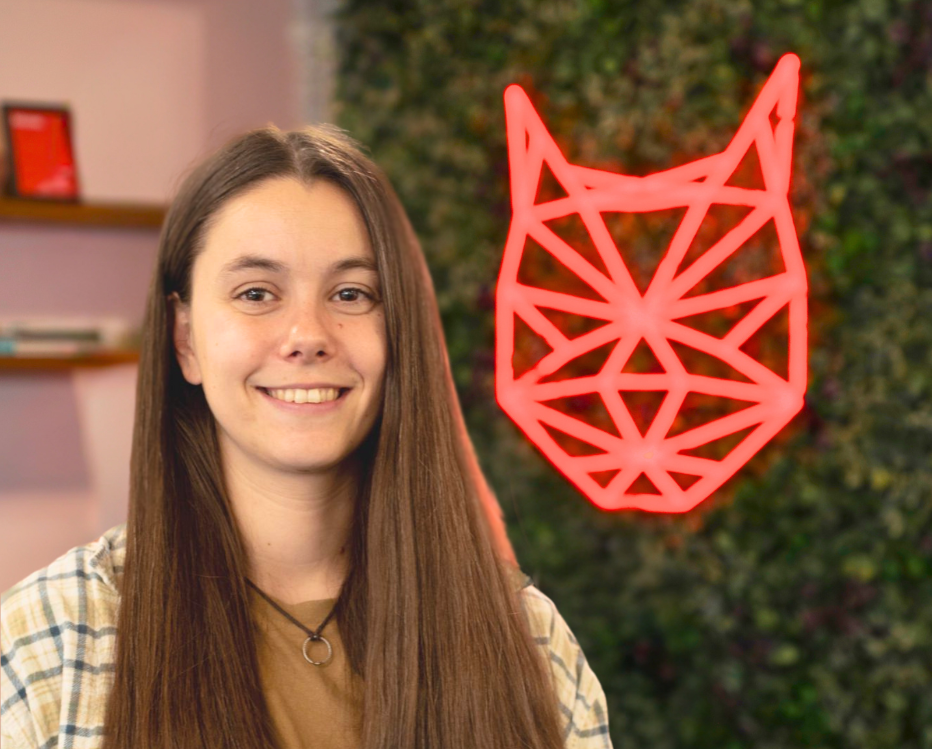
Senior SEO Executive
Kezia joined us in July 2024 after completing a CIM Certificate in Digital Marketing and gaining experience in Content SEO at another Sheffield agency.
In her spare time, Kezia loves to get outdoors, bouldering, hiking and travelling.
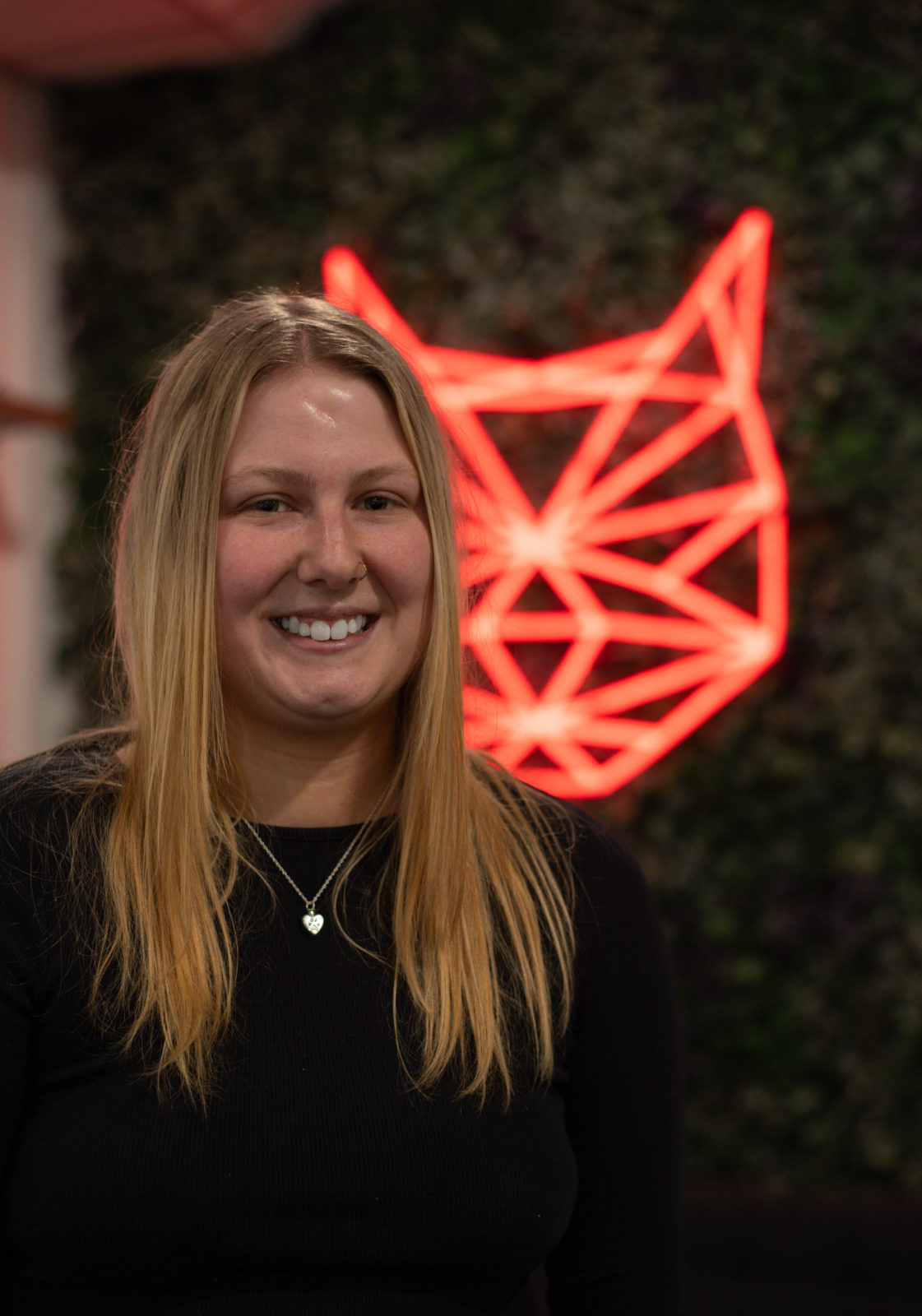
Senior PPC Executive
Alex joined Wildcat Digital in December 2024 as a Senior PPC Executive, bringing a strong background in Paid Media, Paid Social, and Programmatic advertising. With a degree in Business & Marketing and Google Ads certifications, she has the expertise to craft high-performing campaigns that drive results.
Before joining Wildcat Digital, Alex worked at two leading agencies in Leeds, honing her skills across various digital advertising platforms. Her analytical mindset and strategic approach help businesses maximize their online presence and advertising budgets.
Outside of work, Alex enjoys spending time with her dog, Lola, and going on walks with her dog walking group. She’s also a keen footballer and loves playing five-a-side whenever she gets the chance. Her enthusiasm and team spirit make him a great addition to the Wildcat Digital team.
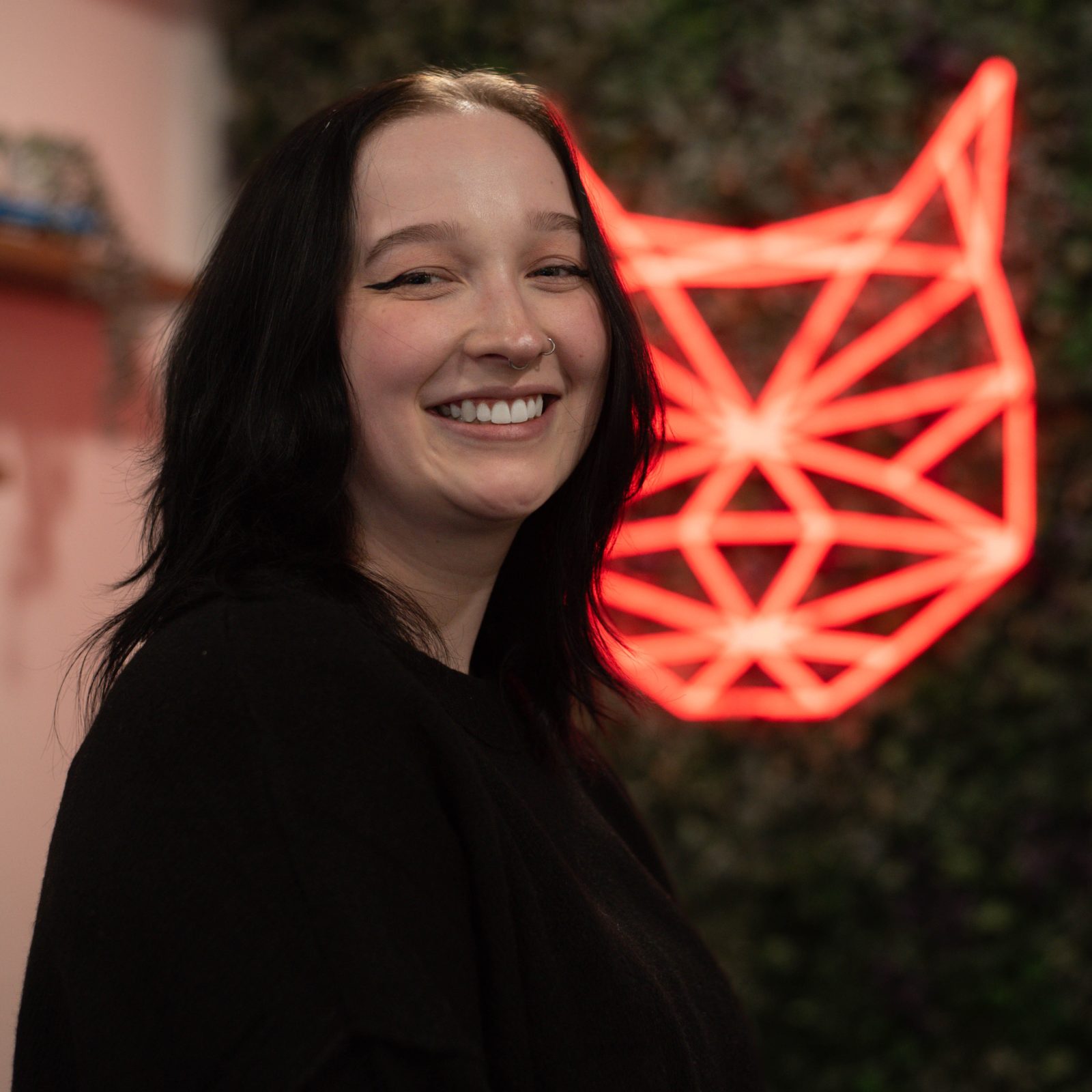
SEO Executive
Amy joined Wildcat in 2024 with a background in journalism, having worked as a News Editor and Editor-in-Chief at The Sheffield Tab. She is naturally interested in Content SEO and research, so will no doubt prove to be a content power-house.
In her spare time, Amy loves watching crime shows, listening to music and hanging out with her dog, Eddie!

SEO Executive
Reiss joined the Wildcat Digital team in July 2025, with a background in journalism and digital content, Reiss brings both creativity and technical know-how to the team.
After graduating with a Journalism Studies BA from the University of Sheffield, where he also served as Games Editor and Deputy Editor for the student-run newspaper – Reiss jumped straight into the world of climate tech communications.
Outside of work, Reiss loves crochet, swimming, playing guitar, and diving into both video and board games. He’s always up for picking up new skills and trying new things – which makes him a perfect fit for our team!

Content & Proposal Writer
Liv joined the WildcatDigital Team in June 2025, with a strong background in financial admin and client care, Olivia is taking an exciting step into the creative world – and we’re so glad she’s doing it with us!
She’s currently studying content creation through her apprenticeship with Wildcat, and already bringing fresh energy and creativity to the team.
Outside of work, Olivia runs her own BIAB nail business, loves reformer Pilates, long walks, and is a member of a competitive dance team.
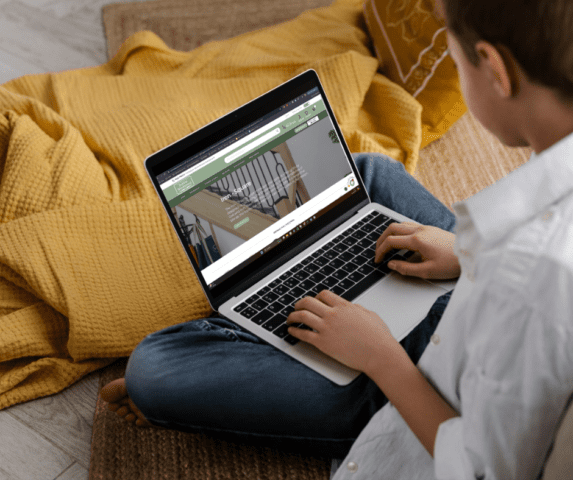
November 27, 2025
By now, you’ve probably heard of the term Search Engine Optimisation (SEO), and maybe even know what it entails. But…

November 21, 2025
We’re nearly at the end of the year, how time flies! Let's dive into the last-minute changes the SEO landscape…

November 13, 2025
The way we create and optimise content has shifted dramatically in 2025. With AI-driven search engines becoming more and more…